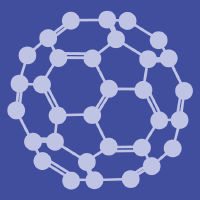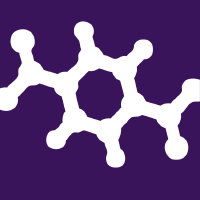Topic Menu
► Topic MenuTopic Editors


Unveiling the Extraordinary Applications of Carbon Nanotubes
Topic Information
Dear Colleagues,
Remarkable applications of Carbon Nanotubes (CNT) are already uncountable, but their potential is undoubtedly yet to be fully developed. Therefore, we welcome submissions from Applied Sciences, Fluids, Materials, Nanomaterials and Polymers that reveal the huge potential of CNT, including, but not limited to, the following topics:
- Development and application of novel tailored CNT-based (nano)materials;
- Development and application of CNT-based building blocks in the design of (mechanical, thermal, optical, magnetic, chemical, and biological) sensors;
- Development and application of CNT and CNT-based (nano)materials in (electro)catalysis;
- Development and application of CNT in analytical chemistry (e.g., pre-concentration and clean-up schemes, etc.);
- Development and application of CNT for environmental sustainability (e.g., water quality control and treatment, adsorption of contaminants, desalinization, etc.);
- Development and application of CNT and CNT-based (nano)materials in materials science;
- Development and application of CNT and CNT-based (nano)materials in drug delivery systems;
- Development and application of CNT and CNT-based (nano)materials in biomedical imaging;
- Advances in CNT and CNT-based (nano)materials synthesis and characterization;
- Advances in CNT non-covalent functionalization and covalent functionalization;
- Advances in tailoring CNT-based nanohybrids and nanocomposites.
Prof. Dr. Simone Morais
Dr. Konstantinos Spyrou
Topic Editors
Keywords
- carbon nanotubes
- catalysis
- characterization
- coatings and thin films
- drug delivery systems
- energy
- environmental applications
- analytical applications
- functionalization
- health care
- materials science
- nanoelectronics
- nanohybrids and nanocomposites
- nanoprobes
- electronic noses, sensors and biosensors, lab-on-a-chip devices
- purification
- synthesis
- applications
Participating Journals
| Journal Name | Impact Factor | CiteScore | Launched Year | First Decision (median) | APC |
|---|---|---|---|---|---|

Applied Sciences
|
2.7 | 4.5 | 2011 | 16.9 Days | CHF 2400 |

Fluids
|
1.9 | 2.8 | 2016 | 20.7 Days | CHF 1800 |

Materials
|
3.4 | 5.2 | 2008 | 13.9 Days | CHF 2600 |

Nanomaterials
|
5.3 | 7.4 | 2010 | 13.6 Days | CHF 2900 |

Polymers
|
5.0 | 6.6 | 2009 | 13.7 Days | CHF 2700 |

MDPI Topics is cooperating with Preprints.org and has built a direct connection between MDPI journals and Preprints.org. Authors are encouraged to enjoy the benefits by posting a preprint at Preprints.org prior to publication:
- Immediately share your ideas ahead of publication and establish your research priority;
- Protect your idea from being stolen with this time-stamped preprint article;
- Enhance the exposure and impact of your research;
- Receive feedback from your peers in advance;
- Have it indexed in Web of Science (Preprint Citation Index), Google Scholar, Crossref, SHARE, PrePubMed, Scilit and Europe PMC.

